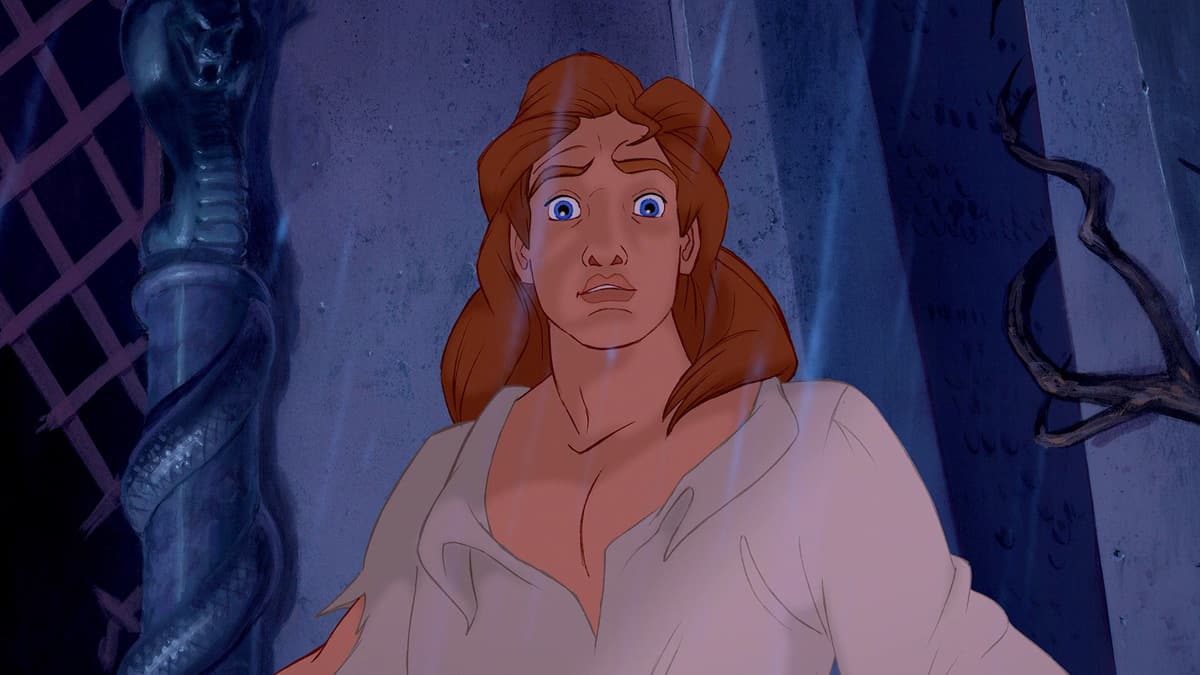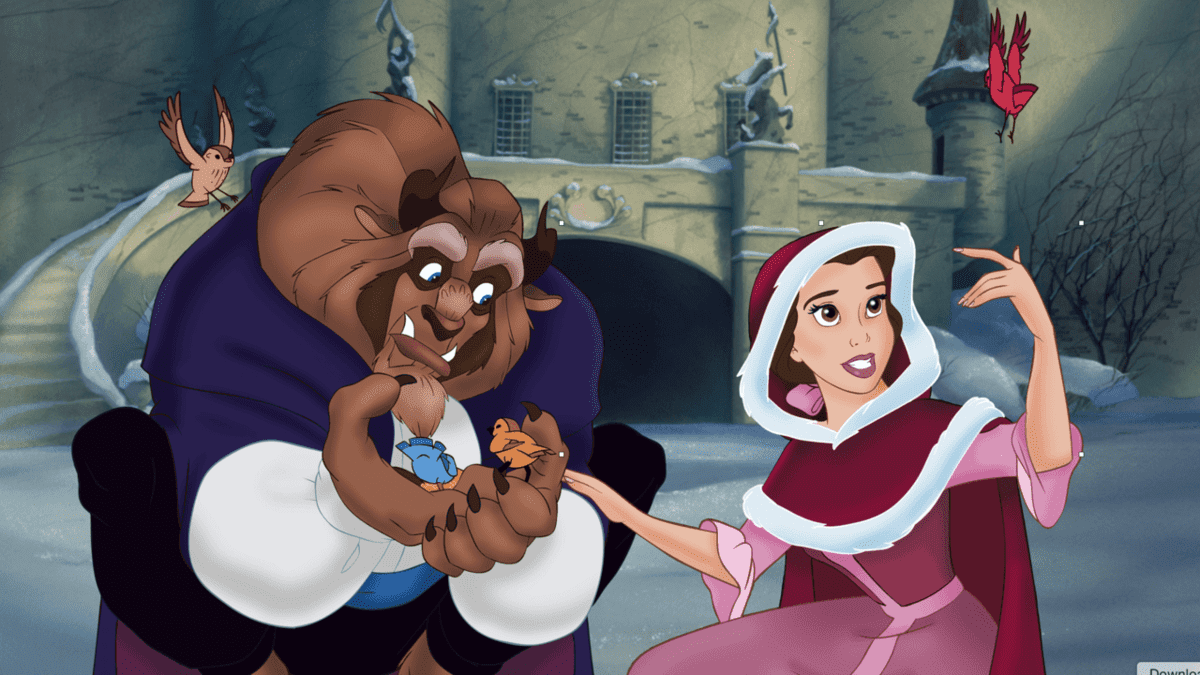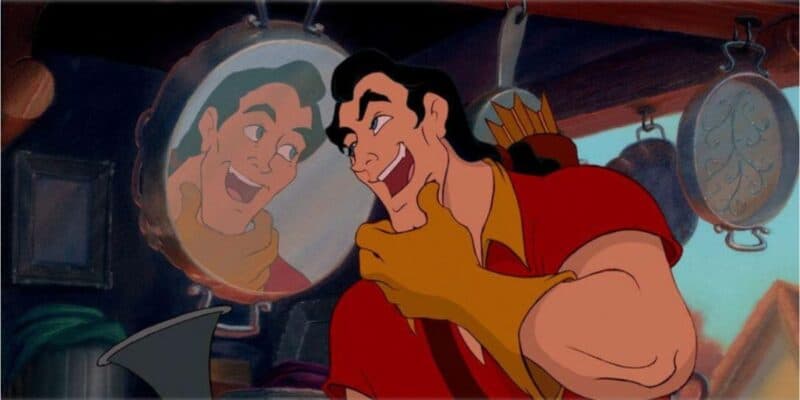In the midst of claims that Disney is becoming “too woke” recently, it’s important to understand that this is nothing new, it’s just become more obvious.
Howard Ashman was a well-known lyricist in the late 1980s, writing songs for Little Shop of Horrors (1982) as well as several Disney classics like The Little Mermaid (1989), Aladdin (1992), and Beauty and the Beast (1991). Unfortunately, he never lived to see his work for Beauty and the Beast or Aladdin make it to the big screen, as he passed away in early 1991 at the age of 40 from complications due to AIDS. Ashman was a member of the LGBTQ+ community, and some of his final work reflected his struggles.

When writing for Beauty and the Beast, his decision to make the Beast more of a main character came from his personal fight with AIDS, using the Beast’s curse as a metaphor for his own diagnosis and hope for a miracle cure. But the connection goes beyond that, specifically to Gaston’s number, “Kill the Beast.” According to Don Hahn, Disney producer of films like Beauty and the Beast and The Lion King, Gaston’s call to action song was a “metaphor for the stigma that went along” with the AIDS epidemic.

In the late 80s and 90s, AIDS was a terrifying disease. Most people didn’t know how it was spread or who could catch it, only that it seemed to primarily target members of the gay community. This led to widespread fear, distrust, and the stigmatization of members of that community. Gaston’s character represents this completely during that musical number, as he stirs the mob into a an angry frenzy, leading them to the castle and straight to the Beast. One of the lyrics reads,
“We don’t like what we don’t understand, in fact it scares us and this monster is mysterious at least. Bring your guns, bring your knives, save your children and our wives, so save our village and our lives.”

It was meant as a direct call out to those who were so afraid of the queer community and AIDS because they didn’t understand it that it essentially turned them into angry mobs. Ashman wrote the movie and the lyrics to “Kill the Beast” while he was dying from AIDS, feeling outcast by the rest of the world. It was a very personal story that encourages love and acceptance for who people are rather than what they look like. While not “in your face,” the lyrics are clear to those it resonates with.
